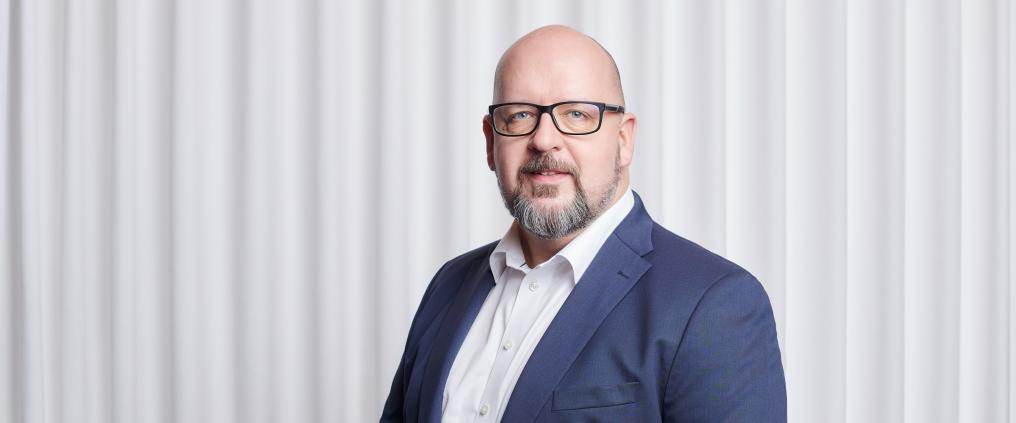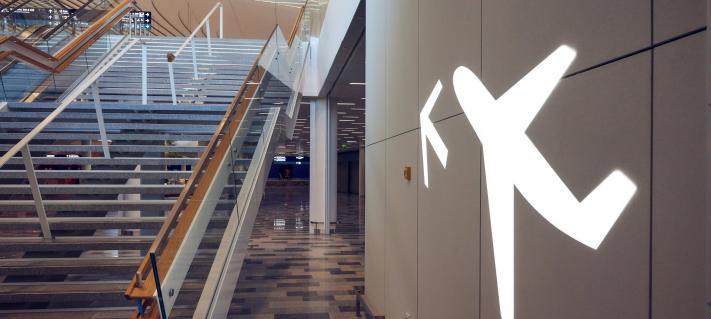It is important to Finavia to ensure Finland’s connectivity. We want to promote competitive and smooth connections with minimum emissions. Air travel is an efficient and sensible mode of transport, as long as there are passengers and market demand on the routes.
Even before the coronavirus pandemic, there were few passengers on publicly subsidised purchased flights. The planes were practically half empty. As a result of the pandemic, the passenger volumes were further reduced and they have not recovered even after the pandemic.
The longer publicly subsidised purchased traffic continues, the more likely it is that market-driven demand for flights will not return to low-traffic routes. Consumers will get used to low air fares and will no longer be prepared to pay cost-based fares.
Purchased transport has its place and role to play in complementing market-based transport and improving accessibility. However, the current form of publicly subsidised air traffic faces challenges of cost, inefficiency and unnecessary emissions.
Compared with other modes of transport, subsidies for flights grew considerably during the COVID-19 pandemic. While state subsidies for other modes of transport are typically tens of euros per passenger, the subsidy for a one-way flight ticket averaged almost EUR 1,000 in 2021.
Thus, significant public grants are concerned when it comes to flights.
In the case of purchased traffic, the passenger pays less than 10% of the total cost of the air travel on average. Approximately 60% of the costs are covered from taxes through the payment of subsidies to the airline. The rest of the cost of the flight, i.e. approximately EUR 30 per cent passenger, will be at Finavia’s expense.
So far, the state has subsidised the five routes launched during the COVID-19 pandemic to the tune of EUR 40 million. This will be matched by the losses of Finavia’s regional airports, which totalled EUR 40 million last year.
If flight subsidies continue, there is a risk that the state and state-owned companies will permanently finance low-traffic routes with tens of millions of euros per year.
In addition to economic aspects, the climate impact of purchased flights should also be considered, as Finland is aiming to halve its carbon emissions by 2030. On purchased flights, emissions per passenger are many times higher than in other modes of transport, as there are generally few passengers on the flights.
What, then, is the solution to connectivity in the regions? Good connectivity can be maintained in many ways, and flying is just one of them. At Finavia, we propose that the state finance the development of journey chains linking different modes of transport. This would be a concrete measure that would help Finland reach its emission reduction targets and ensure the long-term regional connectivity.
Read the commentary by Finavia’s CEO Kimmo Mäki: Development of the transport system should be based on future needs.
Also read Jani Jolkkonen’s commentary: The future of Finland’s accessibility is best ensured by combining different modes of transport.



